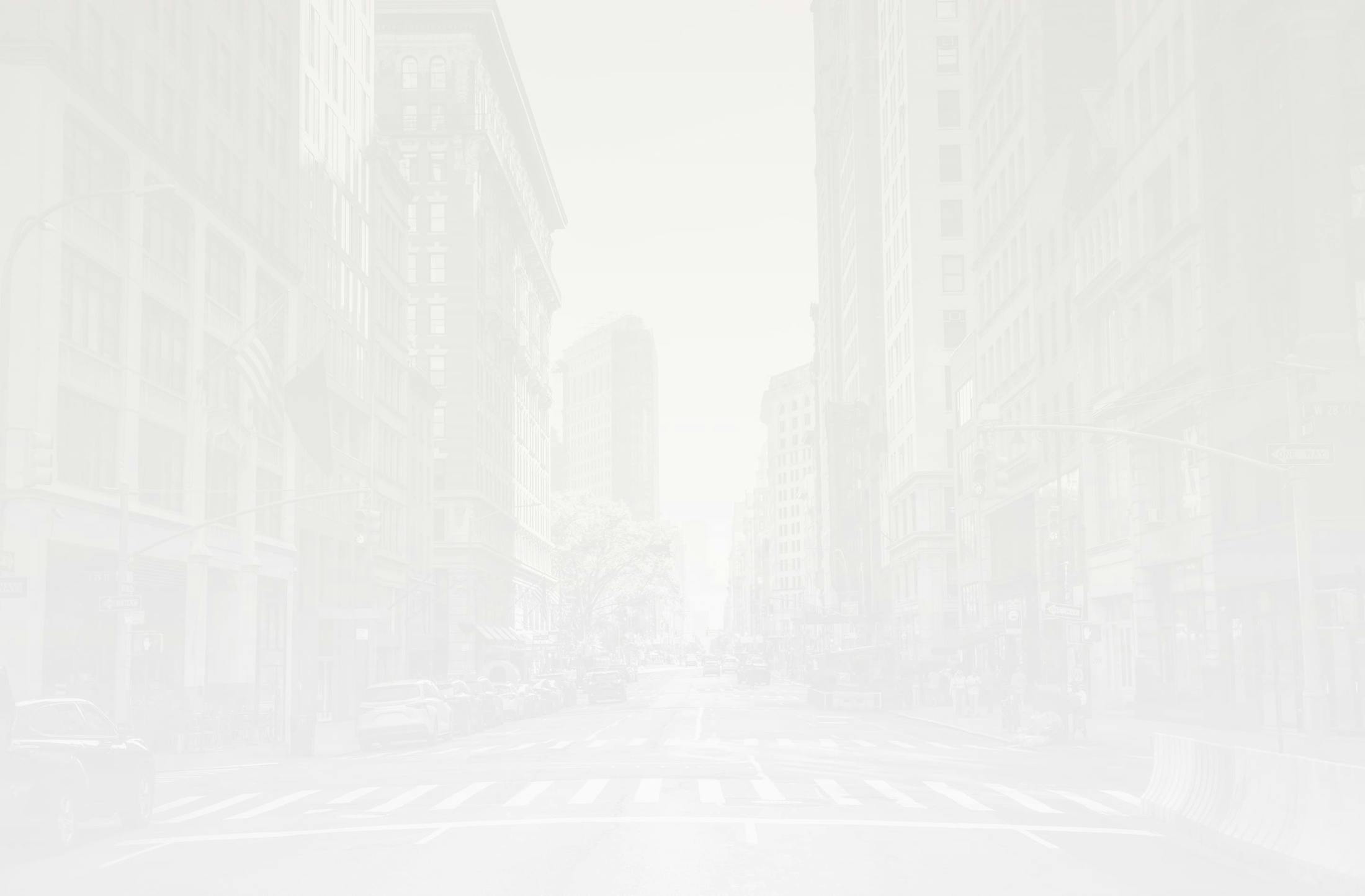When tear ducts don’t function properly, persistent tearing and discomfort often follow. Endoscopic surgery offers a precise, incision-free way to restore tear flow from the inside out.
What Are the Benefits of Endoscopic Dacryocystorhinostomy (DCR)?
Endoscopic DCR is a safe, effective, and cosmetically favorable alternative to traditional tear duct surgery. It offers long-term relief with minimal disruption to surrounding tissues.
The benefits of this technique include the following:
- No visible scarring
- Shorter recovery time compared to external surgery
- High success rate for restoring tear drainage
- Reduced risk of complications
- Improved eye comfort and function
- Can be performed under local or general anesthesia











